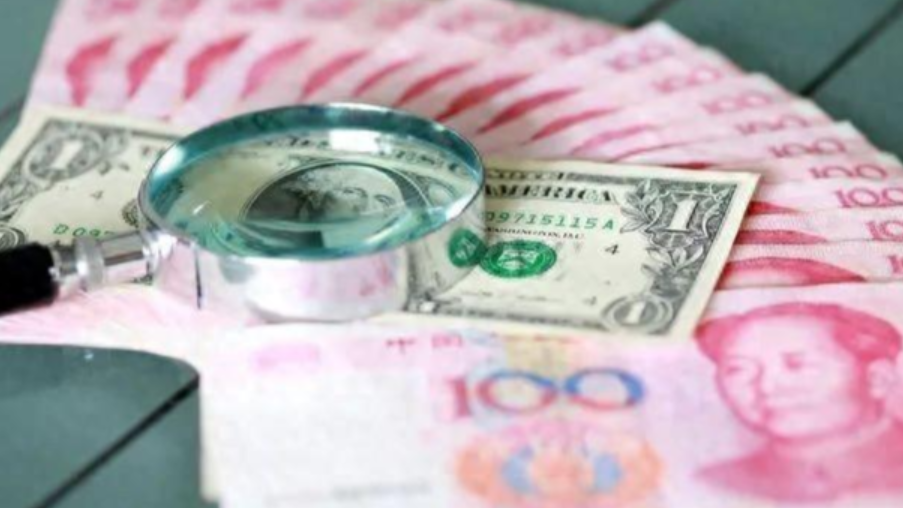M2 Surpasses 300 Trillion: Is Inflation Coming?
Advertisements
In recent years, an uncanny phenomenon has emerged in China. While it is widely acknowledged that economic growth has faced significant challenges, the nation’s fiscal and monetary policies have become hotly debated topics among economists and policymakers alike. A closer examination reveals that China is navigating through turbulent economic waters, characterized by a striking dissonance between monetary supply and actual economic outcomes.
As of the end of October, China’s M2, a broader measure of the money supply, surged to a staggering 309.71 trillion yuan, raising alarms among financial experts concerned about the potential onset of inflation. However, contrary to these inflationary fears, the realities on the ground are starkly different. Observations such as the plummeting housing prices, along with other economic indicators, suggest a more pressing issue: deflation. The general populace has felt this keenly as consumer prices fell by 0.3% month-on-month in October, illustrating the ongoing deflationary trend that has gripped the economy.
What factors have led to this perplexing situation, and how can the average citizen respond effectively? Understanding the mismatch between monetary overproduction and deflation requires a closer look at the COVID-19 pandemic's lingering effects on consumer behavior and the broader economic landscape.
Monetary Overproduction Amid Deflation?
Despite the Central Bank's aggressive injection of liquidity, a significant shift in consumer habits emerged during the pandemic. Many individuals adopted a new frugality, as income-generating activities and daily expenditures were curtailed due to widespread lockdowns and economic uncertainties. Now, as the nation emerges from these restrictions, two dynamics come into play: a recovery period for various sectors and heightened global tensions impacting international trade. Whether it’s the ongoing Israel-Palestine conflict or the U.S. escalating trade tariffs against China, the external trade environment has undoubtedly suffered setbacks.
The fundamental pillars that typically drive economic growth—investment, consumption, and exports—are currently under siege. Exports have taken a hit due to the aforementioned geopolitical issues, leaving consumption and investment as the remaining combatants in this economic struggle.
However, reliance on investment as an economic driver presents its own set of challenges. The demand for traditional industries is declining, leading to a palpable lack of confidence among enterprises to invest in these sectors. In contrast, investment in high-tech industries poses its own hurdles, characterized by technical complexity and prolonged timelines, which further dampens investors' enthusiasm.
It becomes evident that stimulating consumption and boosting domestic demand is a more viable solution moving forward. Although the government has initiated various measures in this respect, such as reduced interest rates on existing housing loans and increased scholarships for students, it remains clear that local government debts amounting to 12 trillion yuan do not directly translate to increased consumer spending.

Instead, these measures primarily alleviate pressure on local governments, encouraging them to harness greater vitality and creativity within their economies. Other long-term economic stimuli, such as large-scale infrastructure projects and urban redevelopment initiatives, may eventually yield results, but their immediate impacts are limited.
Moreover, a sizeable portion of the newly produced money remains lodged within the financial system, failing to penetrate the real economy. This situation is partly attributable to a prevailing loss of confidence among borrowers towards the loan market.
Four Cautious Approaches During Deflation
Although exports and the global trade environment have faced significant adversity, the government has been proactive in its efforts to stimulate consumption and revive domestic demand. Initiatives such as subsidized upgrades in the home appliance sector and increases in the number and amount of student scholarships highlight the government's commitment to fostering consumer activity.
On a grander scale, the aforementioned 12 trillion yuan in local debt and recent decisions to adopt a moderately flexible monetary policy and a more active fiscal stance underscore the nation’s intent to navigate these challenges effectively. It appears likely that the M2 ratio will continue to expand, potentially allowing some of the excess currency to flow into the real economy and commodity markets, raising the risk of inflation in the future.
In anticipation of these developments, individuals may want to approach the upcoming years with caution regarding four key aspects:
First, unnecessary investment ventures such as stock trading or mutual funds should be approached with prudence. While these avenues may promise high returns, they equally embody significant risks that demand careful consideration.
Second, excessive or premature consumer spending should be avoided. Although many have adopted the convenience of “buy now, pay later” models, these consumption patterns can impose added financial pressure, particularly amidst stagnant wage growth.
Third, entrepreneurship—while often seen as an enticing avenue for income generation—carries considerable risks in today’s competitive job market. Current firms have to navigate increasingly intense competition while ensuring they maintain a competitive edge.
Finally, exercising caution in real estate purchases is essential. Despite declining housing prices and lower interest rates on existing mortgages, purchasing property typically entails utilizing a significant portion of one’s savings. This inevitably adds to the financial burden faced by average families.
In conclusion, during this deflationary phase, managing consumption behavior becomes paramount. Individuals are encouraged to devise thoughtful and structured financial plans that foster a comfortable lifestyle while maintaining confidence in their nation’s economic future. Balancing prudent spending with optimism about recovery will be crucial as China navigates through these challenging times.